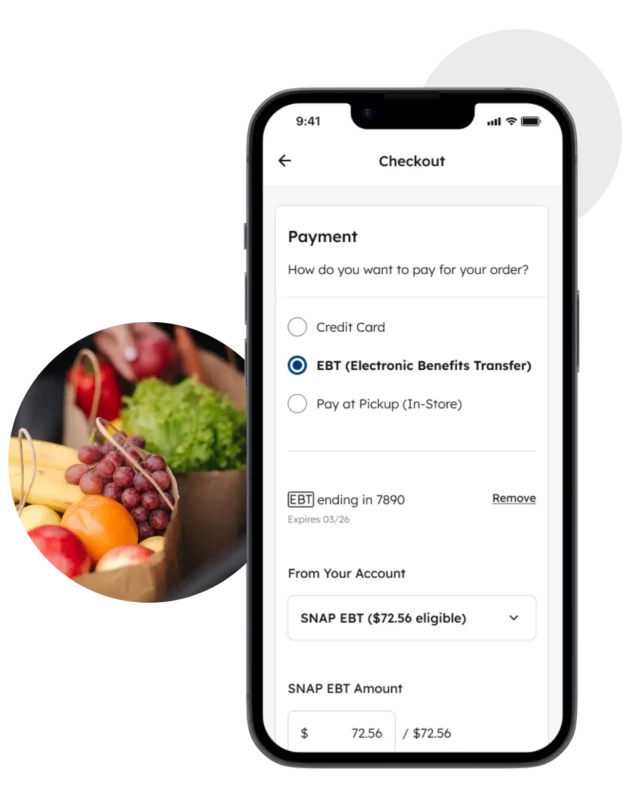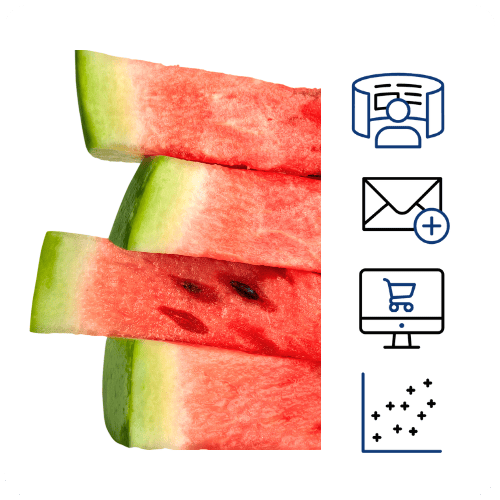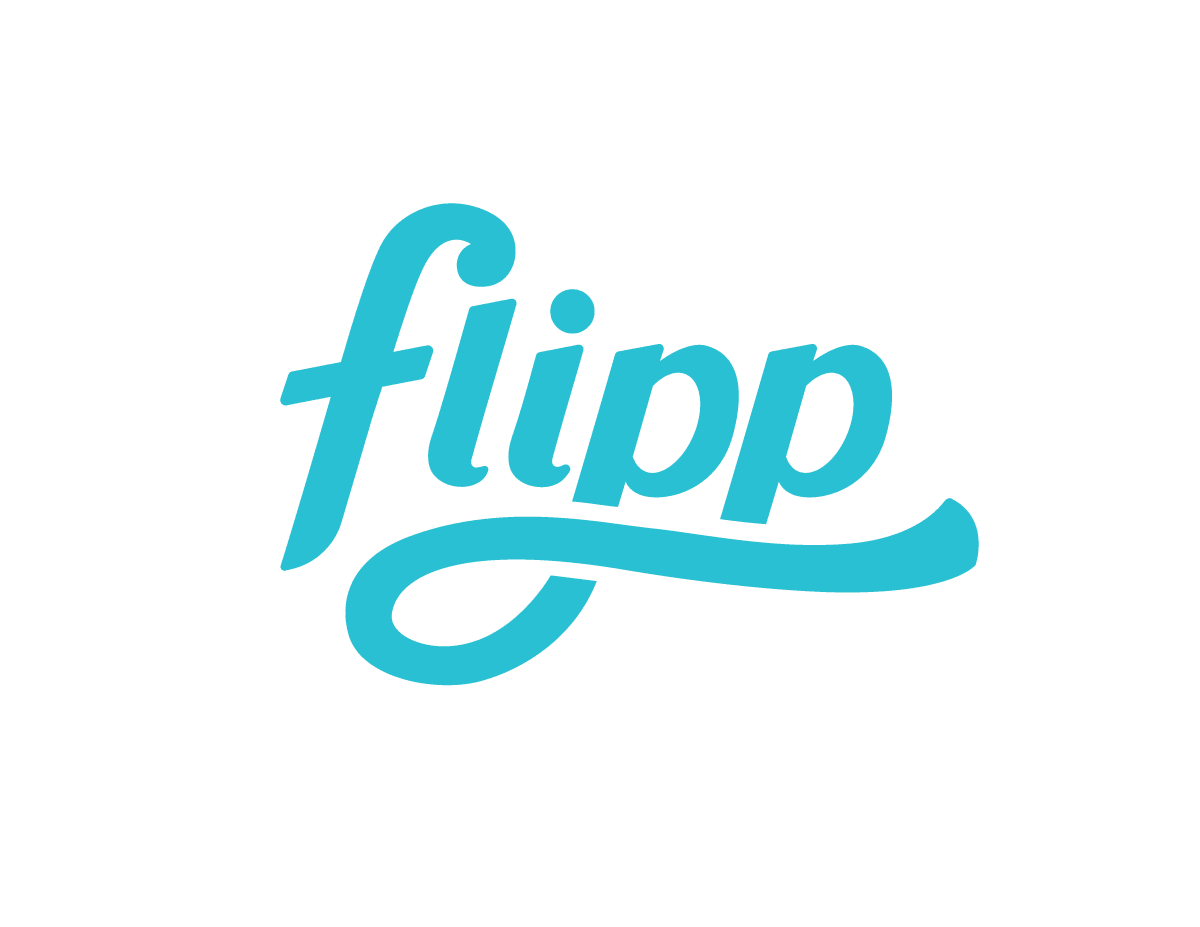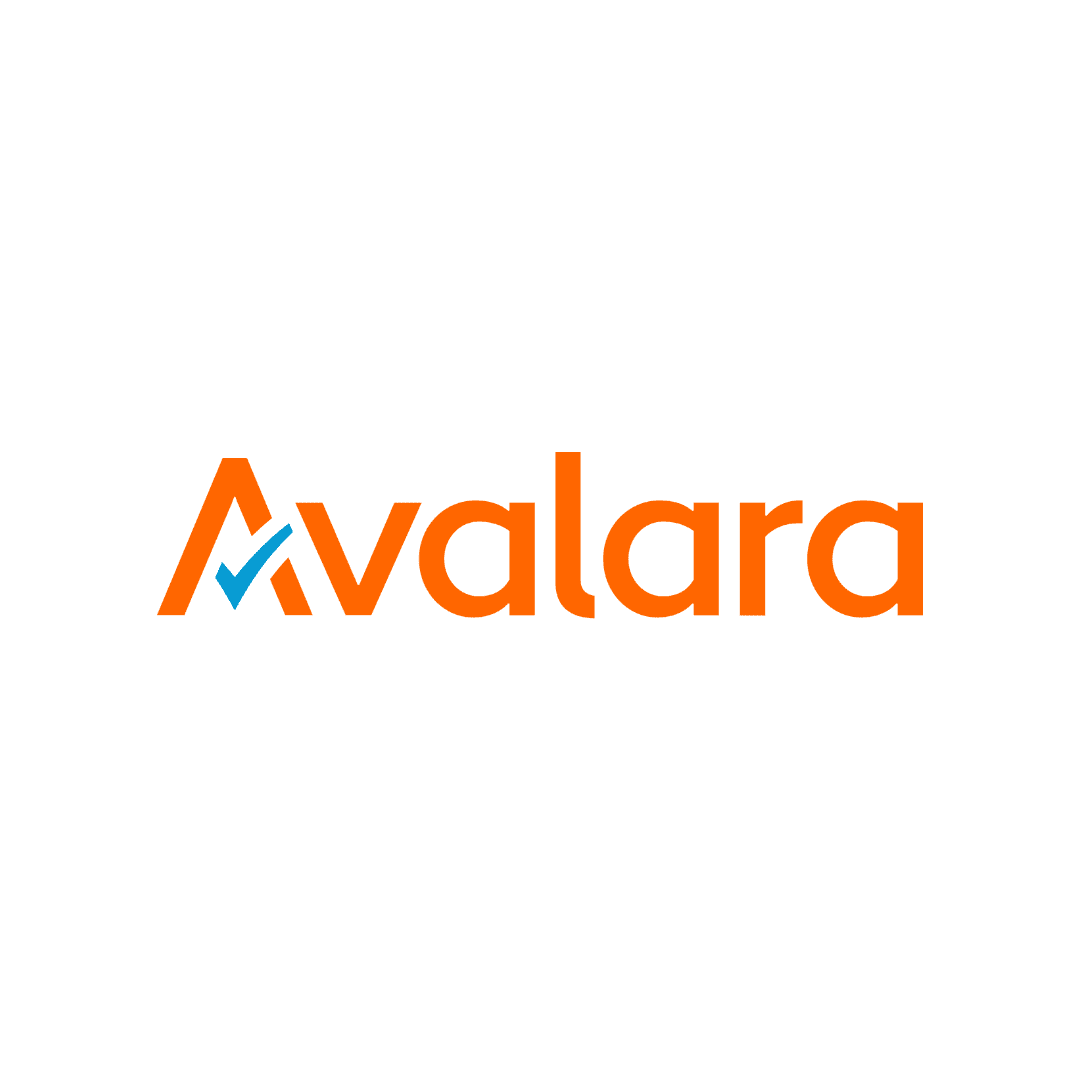
Turn Customer Intelligence Into Sales Growth
DXPro unifies your data, personalizes every interaction, and powers seamless commerce and fulfillment—all in one connected platform purpose-built for grocery.
Data Intelligence | Digital Engagement | eCommerce & Fulfillment

Introducing the All-New DXPro from Mercatus
One Platform. Three Core Capabilities. Endless Opportunity.
DXPro brings customer data, shopper engagement, and eCommerce together—so you can turn every interaction into a revenue opportunity, build deeper loyalty, and scale your digital business with confidence.
Built for the Way Customers Shop Today
Deliver the personalized, seamless experiences modern shoppers expect—increase repeat orders, grow larger baskets, and improve margin.
Keep Customers Coming Back
Deliver personalized, connected experiences that deepen loyalty and increase repeat visits.
Grow Every Basket
Use personalized, targeted offers and AI-driven recommendations to boost average order value.
Protect Your Margin
Streamline operations and reduce the cost-to-serve with automation that safeguards your margin.
Accelerate Your Growth
Scale with confidence on a flexible platform that adapts to your business and fast-tracks digital transformation.

Commerce, Purpose-Built for Grocery
Support every transaction with a flexible commerce engine designed specifically for food retail—built to handle the complexity of grocery baskets, substitutions, and order flows.
Connected Storefront Experience
Deliver a seamless, high-converting shopping journey across web, mobile, and in-store touchpoints with a fully responsive storefront and native iOS/Android apps.
Flexible, Secure Payments
Accept SNAP/EBT, credit, debit, gift cards, and in-store payments—backed by built-in fraud prevention and configurable checkout options that match your operations.

Streamlined Order Fulfillment
Make online orders more efficient and margin-friendly with fast, accurate, and flexible fulfillment workflows.
Intelligent Order Management
Leverage smart slotting, real-time order tracking, and integrated fulfillment tools to ensure every order is picked, packed, and delivered on time.
Flexible Partner Integrations
Easily connect to third-party fulfillment providers—no custom development required, no disruption to your existing operations.
The Digital Experience Platform Regional Grocers Need
Compete and win in a digital-first market. Deliver personalized, relevant experiences across a customer journey you fully own—so you can stand out from mass merchants and grow on your terms.
Take Control of the End-to-End Customer Journey
DXPro unifies customer intelligence, personalized engagement, and grocery-optimized commerce in one platform—helping you build loyalty, increase lifetime value, and protect your margin.
For growing retailers ready to expand engagement and fulfillment capabilities with integration options.
For independent grocers who want to launch fast with essential eCommerce and fresh perimeter department support.
Find your fit
Choose the Right Fit for Your Business

No More Roadblocks to Smarter Tech
No rigid systems. No vendor lock-in.
Just flexible, scalable technology built for how grocers actually operate.

Drive growth with a platform built for results.
You don’t have to choose between speed, simplicity, and scale. DXPro gives you everything you need to grow your business.
 Newsroom
Newsroom




































